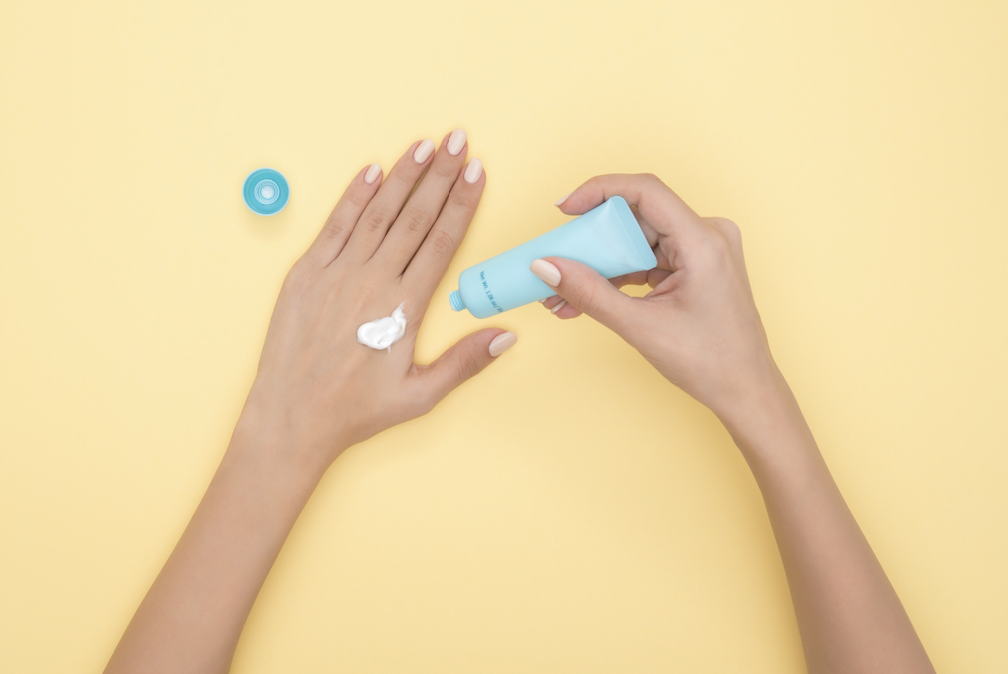Trends Changing The Face Of The Beauty Industry In 2021

The past year led to drastic life changes globally owing to the pandemic, which led to a shift in people’s consumption patterns, including in the beauty industry. While the sales of makeup products decreased in 2020, the industry continues to thrive, and even notable trends have emerged. While some trends result from the pandemic, some are because of its effects, especially the lockdown restricting free movement. Others are due to the cultural shift brought by social consciousness and also the influencer culture.
Scalp Care
As self-care and wellness keep getting popular, experts believe hair care will receive more attention. The idea of taking care of your scalp is getting more attention as innovations like the production of products for scalp protection and LED hair masks. Consumers now have more options, including scalp serum and scrubs.
The scalp offers a wide variety of wellness potential, especially in aromatherapy, because it leads to quick absorption of essential oils into the bloodstream. Scalp products formulated with natural tea are also becoming trendy. The haircare sector is experiencing a surge in ingredients and formats traditionally associated with other wellness forms.
More Inclusivity
Although the world comprises people with various identities and skin tones, beauty brands have been centered more towards light-skinned individuals for many years. However, the push for inclusivity and equality has led to the manufacture of beauty products that cater to different people’s needs. Besides makeup shades, beauty products are now tailored to accommodate the needs of various skin types, including oily, sensitive, or dry.
There is also increased production of beauty products for men and treatments to enhance your bodies and faces. The change in what the world considers masculine or feminine has led to increased acceptance of men’s cosmetic procedures. Men can access different cosmetic treatments from reputable providers like Absolute Cosmetic Medicine. Popular treatments among men include hair transplants, breast reduction, and facelift.
The Continuing Rise of Natural Products
While this is not necessarily a new concept, the preference for beauty products manufactured using natural ingredients sourced ethically will only keep rising. Consumers are cautious about what they apply to the bodies and also consume. Although not everyone is going green, the number of people practicing sustainable living is on the rise, which involves taking a closer examination of the products.
The market for alternative, clean beauty products is growing gradually. Due to this, more beauty brands are going green by introducing plant-based products and sustainable packaging. However, consumers should stay vigilant because some products may be labelled eco-friendly, clean, natural, or green, yet they are not.
Maskne Prevention
Putting on a mask can cause mask acne (Maskne) or breakouts, especially if worn for prolonged periods. Some beauty companies are already selling masks made to prevent mask acne, and this trend is likely to stick around until COVID-19 seizes being an issue. The manufacturers of these products use different antibacterial or breathable materials during production. Besides using special masks, people with maskne are also advised to practice proper cleansing using a gentle exfoliant and mild cleanser.
Mask-Friendly Makeup
Masks are now a necessity in most parts of the world, so people who use makeup have to prioritize makeup-friendly options. Eyes now take center stage during application since masks cover most of the face. Therefore, eyelashes, brow makeup, eye-shadow, mascara, and concealers come in handy. Liquid lipstick is also becoming popular because it creates a minor smudge or smear than regular lipsticks and glosses. Transfer-free makeup products are also helpful.
Many people have developed their beauty habits based on personal care, self-confidence, and conscious consumption. The industry will continue to shift and present unique innovations and trends to accommodate the consumer’s needs.
Photo by Moose Photos from Pexels


